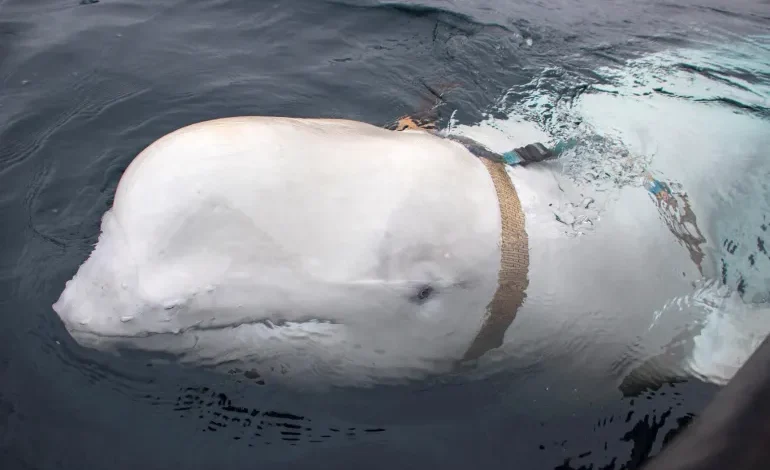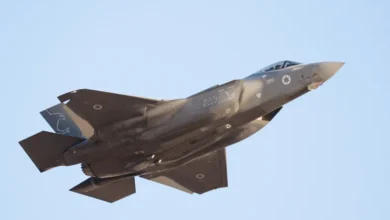Whale, dead rat, cat or pigeon: Which animal is the best spy?

Hvaldimir, a white beluga whale thought to have been used as a Russian spy, was found dead last weekend under what animal rights organisations say were suspicious circumstances in Norway near Russian waters while wearing a harness.
The beluga – named after the Norwegian word for whale, “hval” and part of Russian President Vladimir Putin’s first name, “dimir” – was pulled out of the water using a crane and transported to a nearby harbour for examination by experts.
In 2019, the beluga gained worldwide attention when fishermen found him off the Norwegian coast. Hvaldimir was wearing a camera harness with the inscription “Equipment St. Petersburg”. That prompted suspicions in the West that the whale might have been a part of a Russian navy programme that trained aquatic animals as spies — though others argued that Hvaldimir might have been trained to help with therapy for children with disabilities.
Marine biologist Sebastian Strand, the founder of the Norwegian nonprofit Marine Mind, which advocates for the protection of oceans and marine life, has been tracking Hvaldimir for more than three years.
“Unfortunately, we found Hvaldimir floating in the sea. He has passed away but it’s not immediately clear what the cause of death is,” Strand told Norwegian public broadcaster NRK.
Yet, while the cause of the whale’s death is not clear, and — like the best secret agents — Hvaldimir never left any firm evidence to confirm whether he was a spy, his story is only the latest in a long history of nations using animals as spooks.
Who was Hvaldimir?
Hvaldimir, the 4.2-metre (14-foot) long and 1,225kg (2,700-pound) whale was first spotted in 2019 by fishermen near the northern Norwegian island of Ingoya. He is believed to have been 14 or 15 years old when he died, which is less than half the average lifespan of a beluga whale, roughly 30 years.
Before his death, the beluga would be seen in several Norwegian coastal towns and has even been recorded over the years interacting with fisherman and even retrieving a kayaker’s dropped GoPro.
Controversy over how Hvaldimir died
Marine Mind is not the only nonprofit marine organisation that has followed this famous beluga in recent years.
Since 2019, OneWhale, another nonprofit organisation, has had a team present in Norway, closely monitoring Hvaldimir’s activities, conduct, and engagements with the public.
Regina Haug, the founder of OneWhale, suspects Hvaldimir’s passing “was not a natural death”.
In a series of video messages on Instagram, Haug said: “The misinformation that is being spread, is that Hvaldimir did not have any damage to his body and no noticeable injuries at his time of death. It’s been hypothesised Hvaldimir died of natural causes such as heart failure.”
But, she said, there were “some very noticeable holes pouring with blood from his [Hvaldimir’s] body”.
Have other animals been used as spies?
Yes, plenty of them. Before the advent of sophisticated listening devices and miniature spy cameras, some the size of shirt-button, the need to move secretive information over long distances was a challenge.
Carrier pigeons have been used to send messages and notes for centuries, including during wars. During World War I, the German military used pigeons fitted with specially designed cameras for surveillance.
Pigeons were subsequently used for spying by the Allies during World War II. According to declassified documents, the CIA’s Operation Tacana in the 1970s flew pigeons fitted with miniature cameras into the Soviet Union to take photos of sensitive sites.









